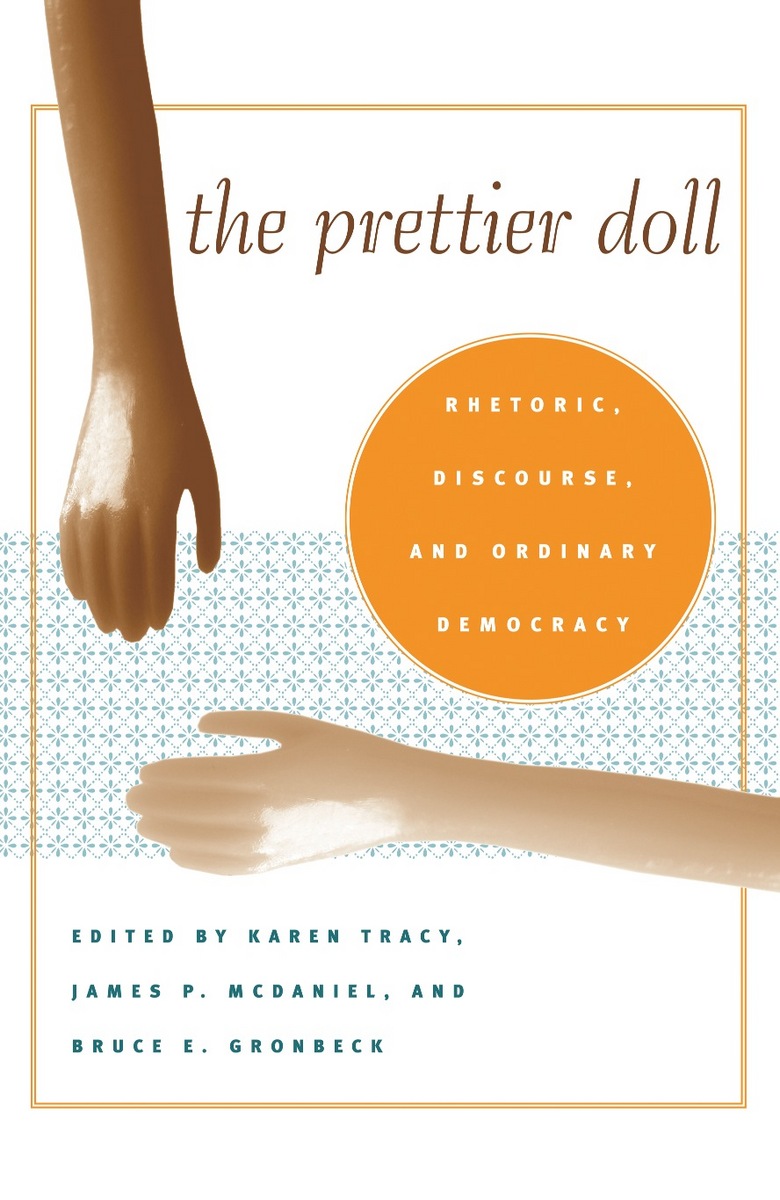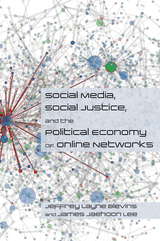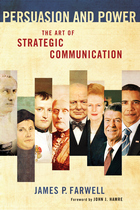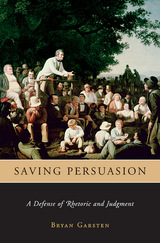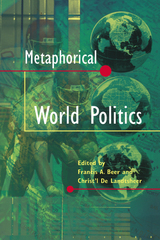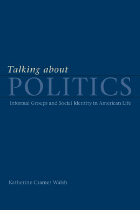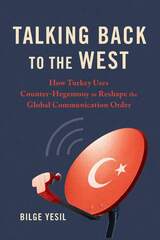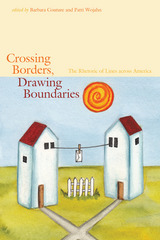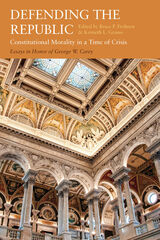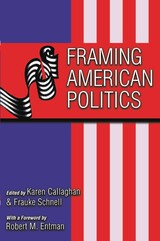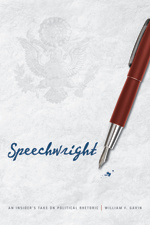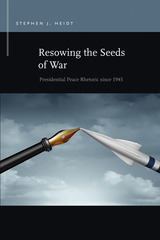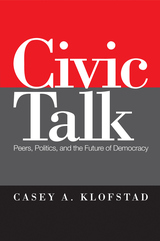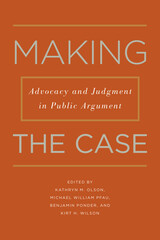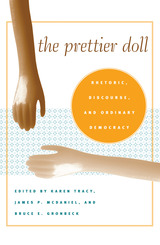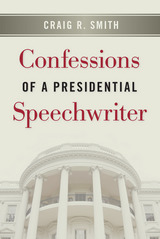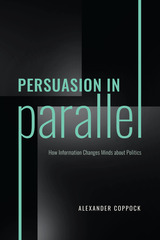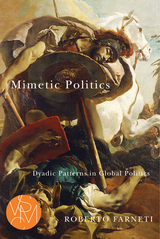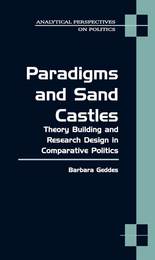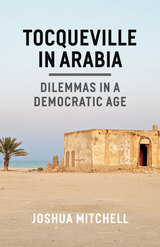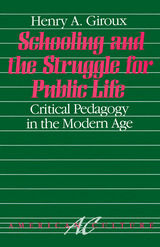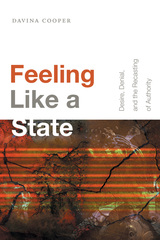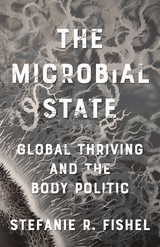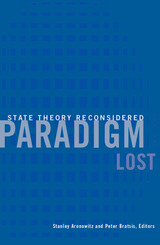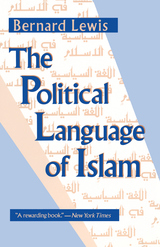The Prettier Doll: Rhetoric, Discourse, and Ordinary Democracy
University of Alabama Press, 2007
Cloth: 978-0-8173-1575-7 | Paper: 978-0-8173-5439-8 | eISBN: 978-0-8173-8023-6
Library of Congress Classification JA85.2.U6P74 2007
Dewey Decimal Classification 320.973014
Cloth: 978-0-8173-1575-7 | Paper: 978-0-8173-5439-8 | eISBN: 978-0-8173-8023-6
Library of Congress Classification JA85.2.U6P74 2007
Dewey Decimal Classification 320.973014
ABOUT THIS BOOK | AUTHOR BIOGRAPHY | REVIEWS | TOC
ABOUT THIS BOOK
Essays in the The Prettier Doll focus on the same local controversy: in 2001,a third-grade girl in Colorado submitted an experiment to the school science fair. She asked 30 adults and 30 fifth-graders which of two Barbie dolls was prettier. One doll was black, the other white, and each wore a different colored dress. All of the adults picked the Barbie in the purple dress, while nearly all of the fifth graders picked the white Barbie. When the student’s experiment was banned an uproar resulted that spread to the national media. School board meetings and other public exchanges highlighted the potent intersection of local and national social concerns: education, censorship, science, racism, and tensions in foundation values such as liberty, democracy, and free speech.
For the authors of these essays, the exchanges that arose from “Barbiegate” illustrate vividly the role of rhetoric at the grassroots level, fundamental to civic judgment in a democratic state and at the core of “ordinary democracy.”
See other books on: Communication in politics | Democracy | Discourse | Hariman, Robert | Simons, Herbert W.
See other titles from University of Alabama Press
